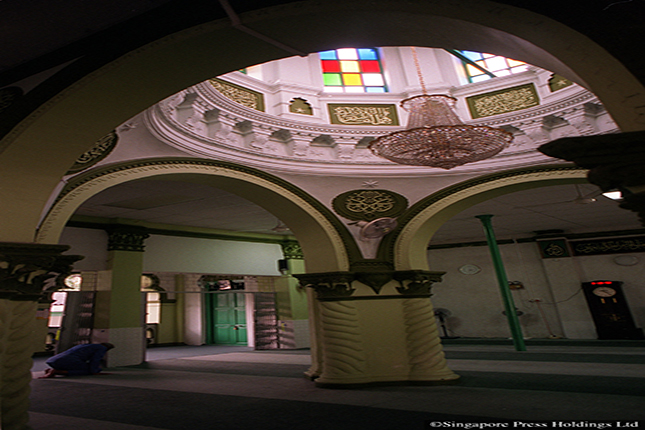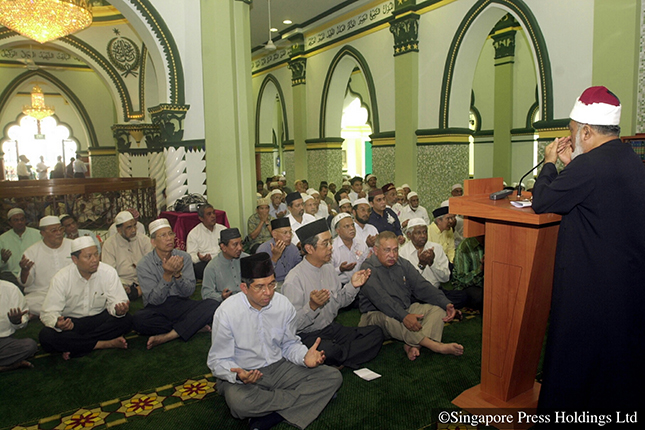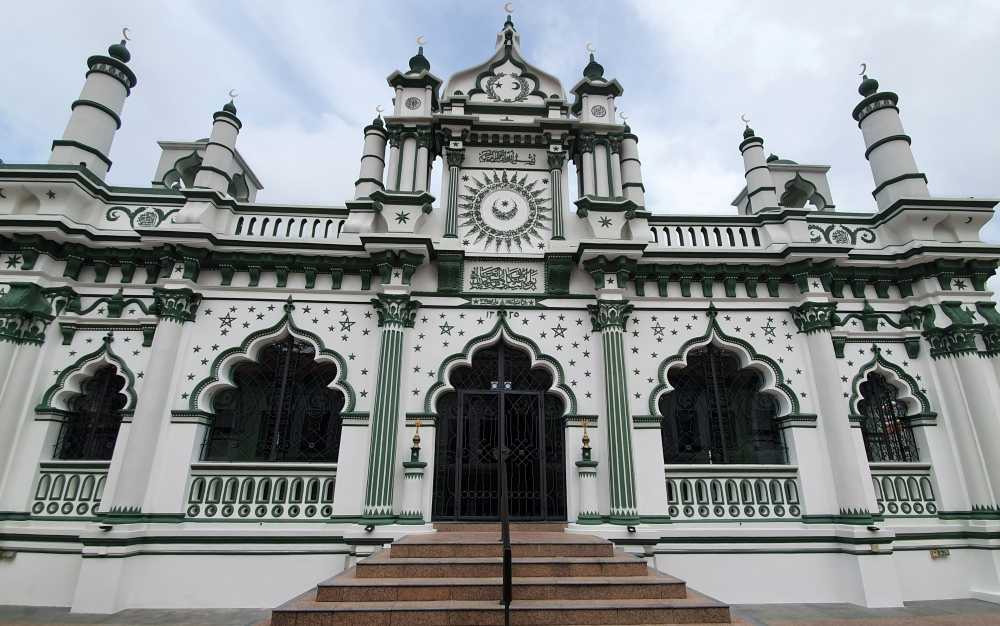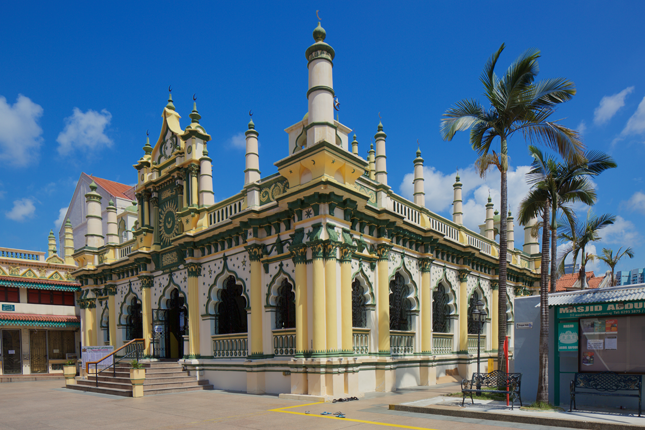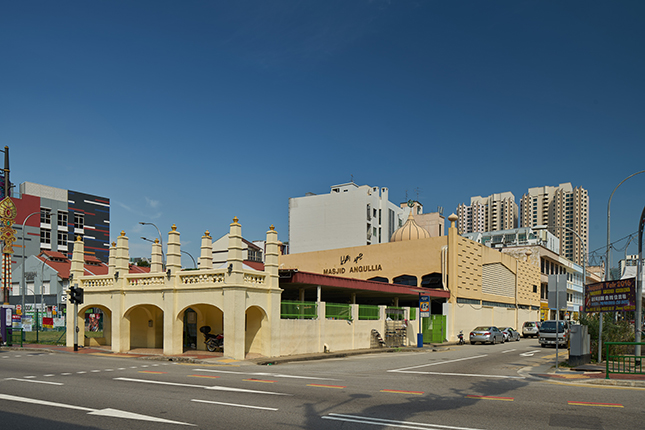The Abdul Gafoor Mosque was constructed in 1907 to replace the smaller wooden Dunlop Street Mosque built in 1859. It served the Kampong Kapor area, which had a population largely composed of Bawaenese and Tamil Muslim immigrants. Many of the Bawaenese worked as syces (horse groomers) and horse trainers at the former race course nearby, while the Tamil Muslims largely traded and conducted business in this area.
The mosque was named after Shaik Abdul Gafoor bin Shaik Hyder, the chief clerk in the law firm Khory & Brydges, who was one of the two trustees of the Dunlop Street Mosque wakaf (Arabic for a religious endowment). He raised funds for the construction of the new mosque through building and renting out shophouses and sheds around the mosque. After Gafoor’s death in 1919, the mosque was renamed Abdul Gafoor Mosque in his memory.
In 1927, the mosque came under the management of the Hindu and Mohammedan Endowments Board. This led to modern improvements in the following year when the Board installed electrical lighting, making it one of the first mosques in Singapore to offer such an amenity.
The mosque was gazetted as a National Monument in 1979 in recognition of its rich architectural and historical value. Its unique architecture blends Saracenic and Neoclassical elements such as a beautifully coloured glass cupola reflecting Arabic and Renaissance influence. This cupola is supported by pillars inspired by Roman architecture. The exterior walls of the mosque are embellished with crescent moon and star motifs, which are symbols widely associated with the Islamic faith.




.ashx)
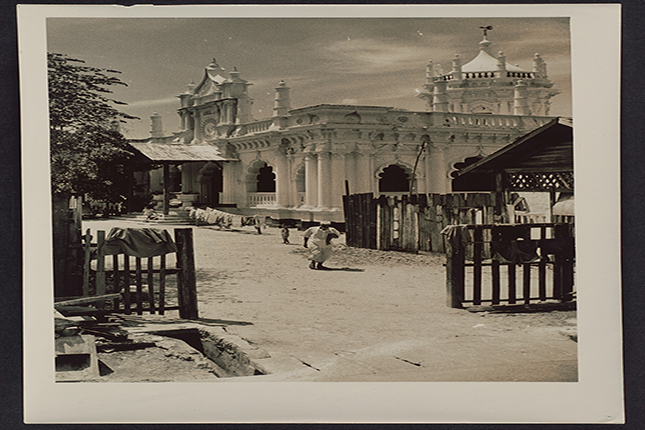
.ashx)
